As an Academy Award winner and Japan’s highest grossing movie of all time, Hayao Miyazaki’s Spirited Away has captured the hearts of viewers all over the world. Fall in love with the movie all over again, with these little-known facts.
1.Spirited Away was created without a script
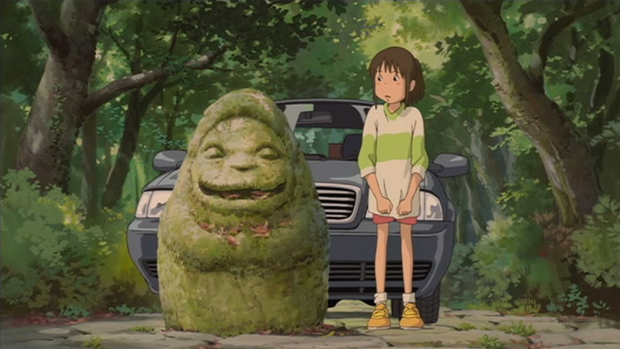
Despite having a rich plot with developed characters, Spirited Away was not made with a script. In fact, Miyazaki’s films never had scripts.
“I don’t have the story finished and ready when we start work on a film,” the filmmaker told Midnight Eye. “I usually don’t have the time. So the story develops when I start drawing storyboards. The production starts very soon thereafter, while the storyboards are still developing.”
Miyazaki does not know where the plot is going, and he lets it happen organically. “It’s not me who makes the film. The film makes itself and I have no choice but to follow”
2. Miyazaki does everything
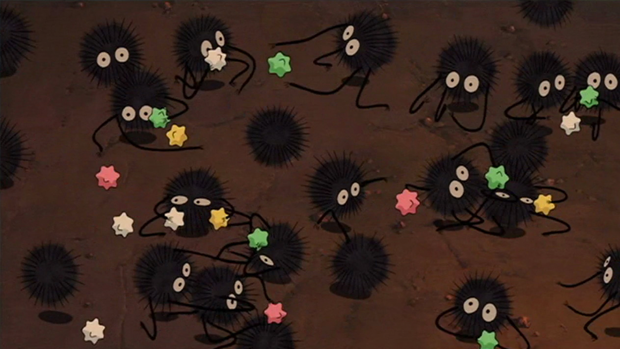
Miyazaki wrote, directed, and drew the storyboards for the movie; essentially writing the movie with drawings.
When you watch the film, you’re seeing one man’s work and vision. The filmmaker is so influential and involved in the production, the New Yorker once called him “the auteur of anime.”
3. Chihiro was inspired by the daughter of one of the director’s friends
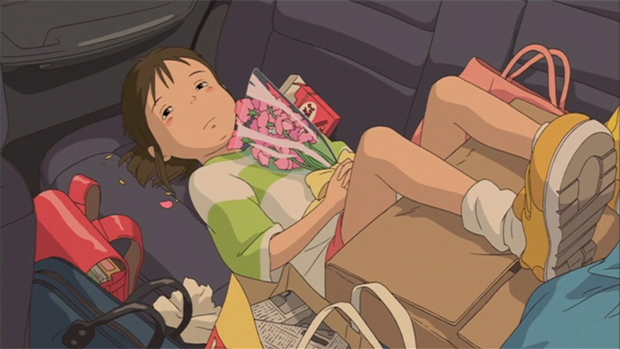
After announcing his retirement in 1997, the filmmaker took friends to his mountain cabin. His friend’s daughter and her peers inspired Miyazaki, as they were on the verge of adolescence and extremely apathetic. The auteur decided he needed to make a movie for ten-year-old girls. There wasn’t a lot out there for them; their magazines were heavily focused on romance and crushes.
“I felt this was not what they held dear in their hearts, not what they wanted,” the filmmaker recalled. “And so I wondered if I could make a movie in which they could be heroines.”
Miyazaki wanted a movie that was made for regular ten-year-olds. The main character had to be ordinary, with no special abilities or traits. The girls needed someone human to relate to and show them that they could be heroines too.
The main character, Chihiro, was made with the girls from the cabin in mind. “Every time I wrote or drew something concerning the character of Chihiro and her actions, I asked myself the question whether my friend’s daughter or her friends would be capable of doing it,” Miyazaki explained.
4. Small details make it feel real
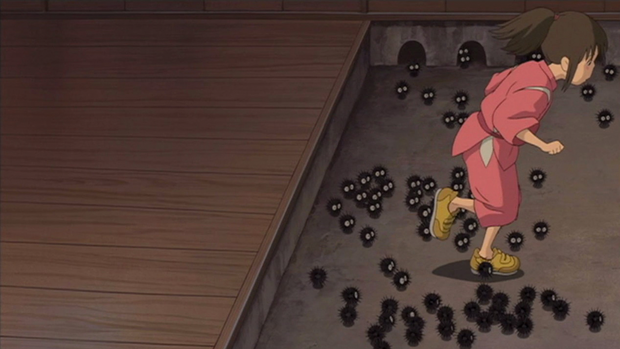
Miyazaki is often praised for creating gorgeous, immersive movies that feel almost real. Part of the reason for this is the close attention to detail. Small additions like dirt on the bottoms of feet, chopsticks falling over when bumped, or a zipper catching the sunlight contribute to the overall feel of the film. In the beginning of the movie, when Chihiro’s father exclaims he has four-wheel drive, he does! He is driving a first-generation Audi A4 Sedan complete with the trademark “Quattro” four-wheel drive system.
This attention to detail is also a useful tool for developing characters. Chihiro is supposed to be a typical ten-year-old, so she behaves as such. When she puts on her shoes, she does so with extra care and taps the toe of each shoe to make sure they fit properly.
In another scene, the girl’s parents call for her, but she doesn’t answer until the second time; many of the movie’s staff even suggested that she shouldn’t reply until the third time, because of the unresponsive nature of young girls.
5. The river spirit was inspired by Miyazaki’s experience cleaning a river
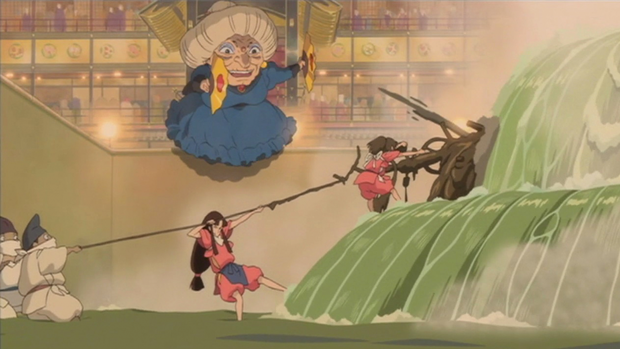
In one scene, a “stink spirit” comes to the bathhouse to get clean. Chihiro finds a bicycle handle sticking out the gunky creature’s side. After wrapping a rope around the handle and pulling it out, the gooey beast is revealed to be the spirit of a polluted river.
This scene is actually based on a real experience. “I cleaned a river once,” Miyazaki said. “My local river. And there really was a bicycle. It was stuck in there. Ten of us wrapped a rope around the bars and slowly pulled it out. We really cleaned up the river, and the fish are back. And that’s why I added that scene.”
6. The little extra scenes are called ‘ma’
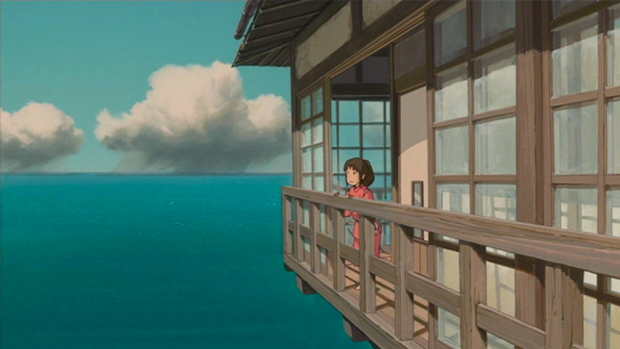
Quiet scenes of inaction, where a character might glance off into the distance or sit quietly, are a common occurrence in Miyazaki’s films. In an interview with Roger Ebert, Miyazaki explained the usefulness of these.
“If you just have non-stop action with no breathing space at all, it’s just busyness, But if you take a moment, then the tension building in the film can grow into a wider dimension. If you just have constant tension at 80 degrees all the time you just get numb.”
7. Pixar’s John Lasseter championed the film
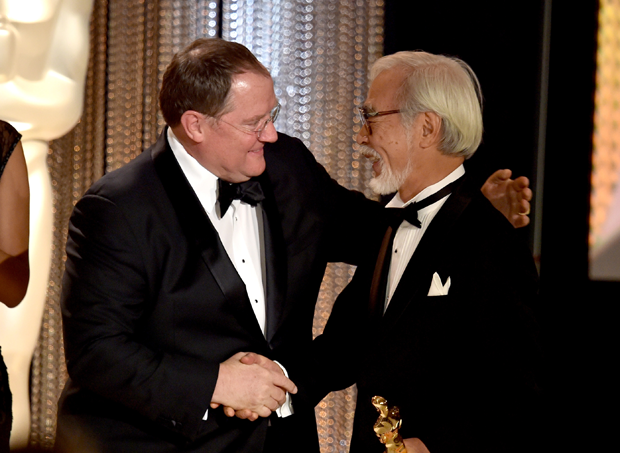
John Lasseter is the chief creative officer of Pixar and is responsible for the Toy Story and Cars franchises. When he was a young animator at Disney, members of Miyazaki’s company, Studio Ghibli, came to visit the office to learn the American style of animation. Wowed by the Japanese animators, Lasseter became inspired.
After working with computer animation, Lasseter visited Studio Ghibli in 1987. Ignoring warnings that Miyazaki hated computer animation, Lasseter showed the filmmaker Luxo Jr. and Red’s Dream. The videos were a hit and a friendship was born.
The first screening of Spirited Away outside of Japan was at Pixar Studios. Miyazaki then asked Lasseter to help him with the English dub. The Pixar director convinced Disney to buy the distribution rights, and went on to be the executive producer of the film’s American version. Thanks to his tireless campaigning, the movie was a hit.
8. Disney wasn’t the first American studio to try to court Ghibli
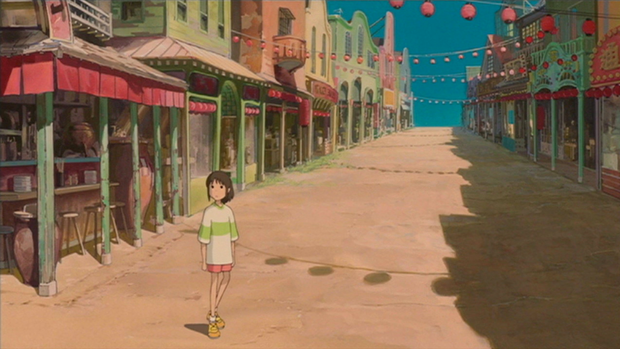
Studio Ghibli has always been a highly sought-after business. For over 20 years, American studios had tried to acquire the studio. Toshio Suzuki, the producer of Spirited Away, turned these offers down, but Disney finally came up with a unique deal.
There were two pre-conditions: they wanted all the films, and they would not alter or the cut the films at all. Suzuki found these terms favorable and accepted.
9. Miyazaki explained how many of the scenes should be animated with animal analogies
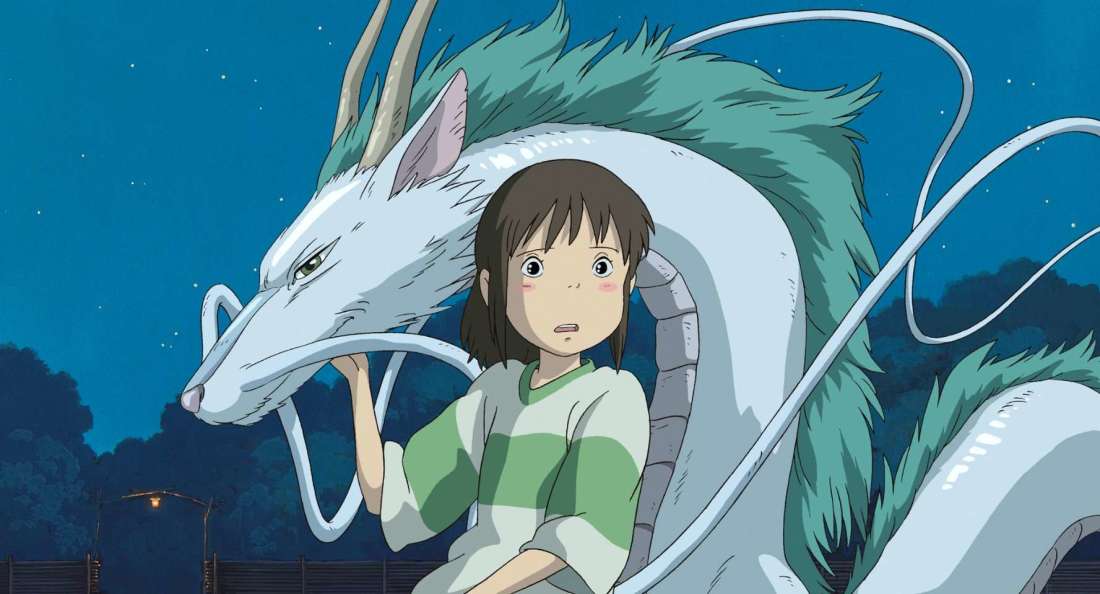
To help the animators understand how the characters moved, Miyazaki would ask them to draw inspiration from animals. When explaining the scene when an injured Haku falls into the boiler room, the filmmaker uses three animals to describe the action.
The dragon clings to the wall like a gecko, before falling to the ground like a snake. When Chihiro feeds Haku the medicine, Miyazaki asks the animators to use a dog’s mouth as a model. No one on the team had a dog, so they went to a veterinarian’s office with a camera.
10. Spirited Away broke box-office records
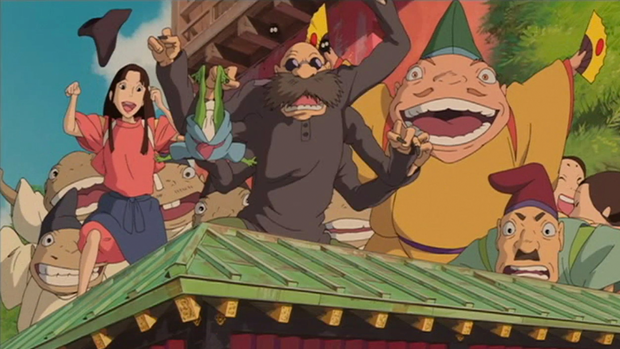
The movie earned 30.4 billion yen, making it the highest grossing film in Japanese history, overtaking Titanic at the box office. The record has yet to be broken, but some expect Frozen to be a strong contender.
11. The characters’ names reflect who they are
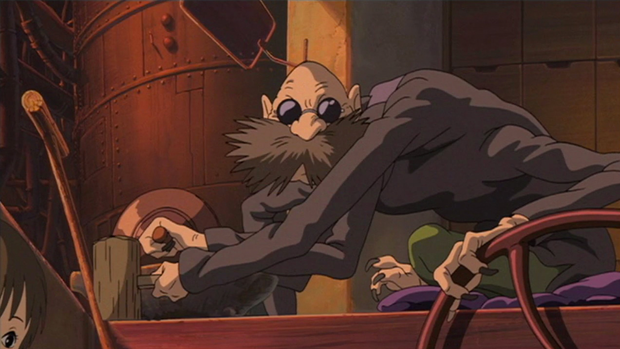
Boh means little boy or son, Kamaji means old boiler man, Yubaba means bathhouse witch, and Zeniba means money witch. The heroine Chihiro means a thousand fathoms or searches, while her worker name, Sen, just means thousand.
12. Dialog was added to clarify certain elements in the America version
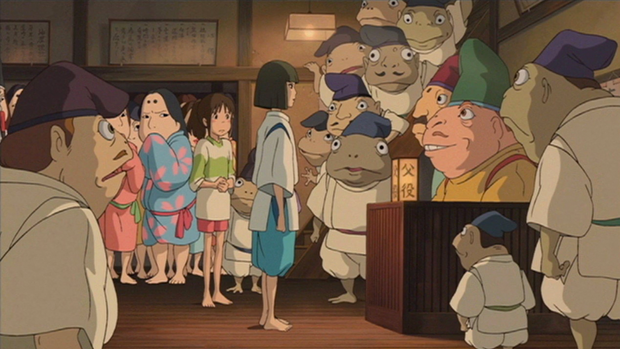
There are several times in the American version where Chihiro seems to narrate what she sees or what’s going on This was added in and was not part of the original. In an interview with John Lasseter, he explained that it was a necessary addition to help clarify certain elements for American audiences. For example, what is clearly a bathhouse to a Japanese viewer might not be apparent to an American viewer, so this translation issue was fixed by having the character explain, “Oh, it’s a bathhouse.”
13. You probably know the American voice actress for Chihiro
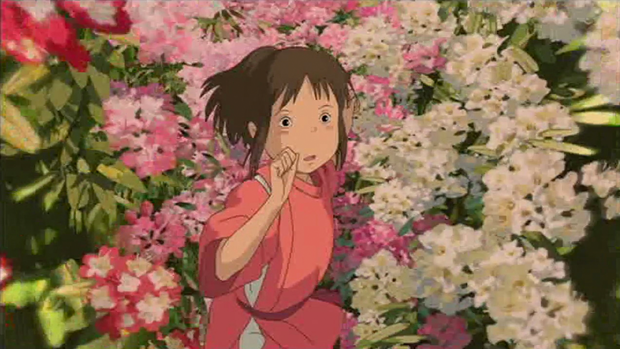
If the voice of the American Chihiro sounds familiar to you, it might be because you saw Lilo & Stitch (Spirited Away’s direct competition for Best Animated Feature the same year). The American voice actress of Chihiro, Daveigh Chase, played Lilo. You might also know her as the sister in Donnie Darko, Rhonda from Big Love, or Samara from The Ring.
14. Miyazaki did not attend the 2003 Academy Awards Due to His Opposition to the Iraq War
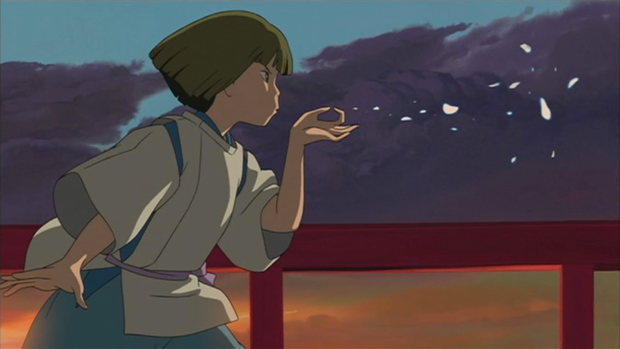
Despite the fact that Spirited Away was nominated for Best Animated Feature (and won!), Miyazaki quietly declined to attend the ceremony. He did not publicly explain why until 2009, when he opened up to The New York Times at Comic-Con. The filmmaker was against America’s invasion of Iraq, but the producer of Spirited Away requested that he did not vocalize these opinions.
15. You can visit the setting for Spirited Away in real life
The packed streets and elaborate bathhouse of the movie can thank downtown Juifen in Taiwan for its beautiful design. Here you can find familiar sights and sounds that resemble the bustling spirit town. Miyazaki is said to have visited a popular teahouse while staying there that showed up in the movie as the bathhouse. If you ever find yourself in Taiwan, it is definitely worth the visit to relive all the magic of the movie.
Source / Photo Credit: Studio Ghibli